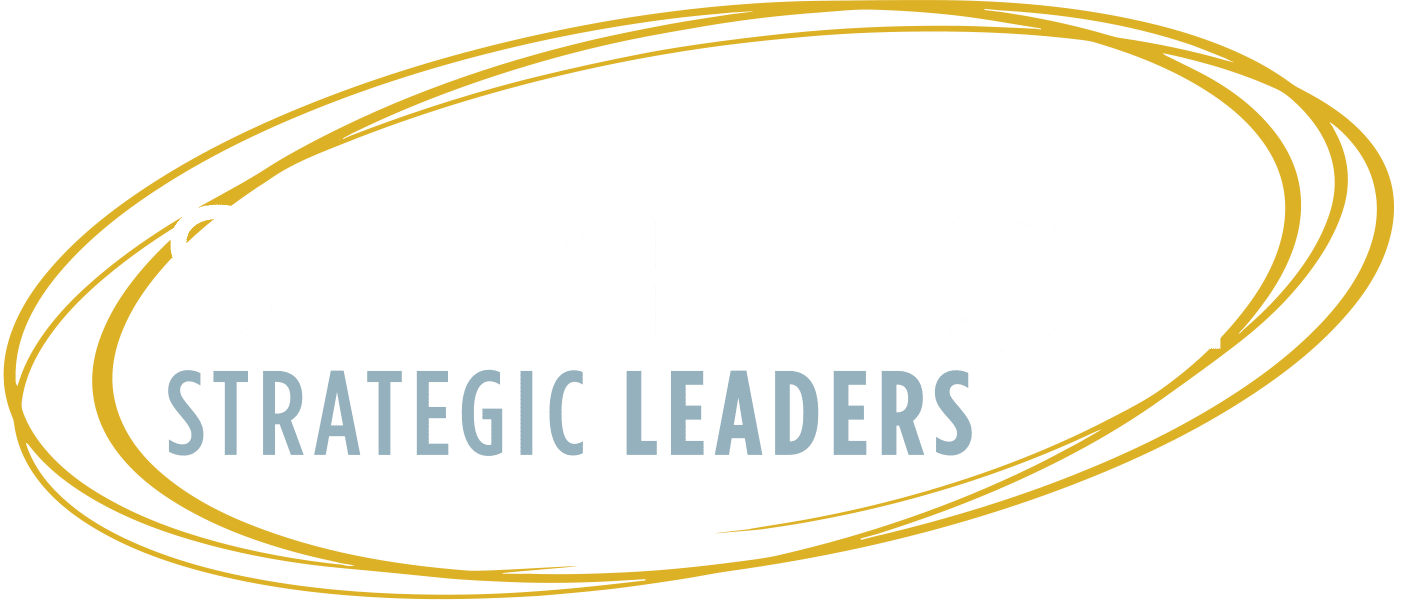Team performance is setting the pace for a fresh look at the One-to-One (OtO).
The time is finally here to see a major shift in the power of the OtO. Team members are pushing for powerful check-ins and feedback  with their Coach/Leader. We continue to see a transition to peer-to-peer feedback loops as well. There is a significant need to set aside time to seek out feedback in order to grow and succeed.
with their Coach/Leader. We continue to see a transition to peer-to-peer feedback loops as well. There is a significant need to set aside time to seek out feedback in order to grow and succeed.
This shift is happening for multiple reasons.
- In the world of remote, hybrid and rotating office times, managers can’t see everything that the team member is doing day to day. This limits the power of the OtO. Team members must own getting their leader involved to provide feedback, brainstorm, open doors, help sharpen skills, and provide coaching to think strategically.
- Our communication is limited in its quality. Masks create their own reduction in the ability to give and receive feedback. We can’t see one another’s faces! We can’t use as much nonverbal communications to send and receive messages. Different studies measure the impact of body language and tone in our communication. We know that actual words are only 7% of our meaning. Masks and video meetings reduce our ability to communicate. We need feedback and talk time to overcome the loss of the nonverbal communication during OtOs.
Albert Mehrabian, a pioneer researcher of body language in the 1950s, found that the total impact of a message is about 7% verbal (words only), 38% vocal (including tone of voice, inflection, and other sounds) and 55% nonverbal.
- Not only have we lost some of our communication methods, we’ve lost the raw number of interactions with one another. Research has noted the need for “casual connection” in our day-to-day existence. We need those short “water cooler” connections to help us feel engaged, have a sense of belonging, and to get micro feedback on how we are doing.
Karen L. Fingerman, currently a professor of psychology at the University of Texas, Austin, notes that casual connections with people encountered in the course of daily life can give people a feeling that they belong to a community, which she described as “a basic human need.” – New York Times, August 3, 2020.
The need for OtOs is more important than ever.
- Team members need to know how they are performing. They need to see how they can improve and grow. We want to get better and have more meaning and purpose in our work. When we don’t have engagement, meaning and purpose and relationships at work, we lose our excitement for the work. Whether you are introverted or extroverted, you still need people.
- Team feedback is more important than ever. Managers can no longer be responsible for being the key source of feedback. Teaching your team to give and receive feedback is critical. Establishing team interdependence and success factors allows the team to own the outcome. When we are working together, it frees us up to give one another feedback on an ongoing basis. No longer can we sit and see a blind spot in a person and wait for their leader to address it.
- Team alignment to company vision is a requirement. Waiting on what Darcy calls “Corporate Stew” of relying on meetings to accomplish everything for everyone can’t support the organization. Aligning the right teams to the right output, and providing people with clear roles on the teams will support the accomplishment of your vision.
Join us for upcoming events to learn more about how to establish teams and lead High Performance teams. During our March 18 Stretch Strategic Chat, we will share our process for leading High Performance Teams and provide a roadmap to empower your organization through Team. Ready to challenge yourself? Join us March 22-26 for our NEW Stretch Team Challenge! An amazing 5-day team challenge (one-hour Zoom calls running March 22-26) where you’ll learn about our proven high-performance team model and have loads of fun mastering it!

